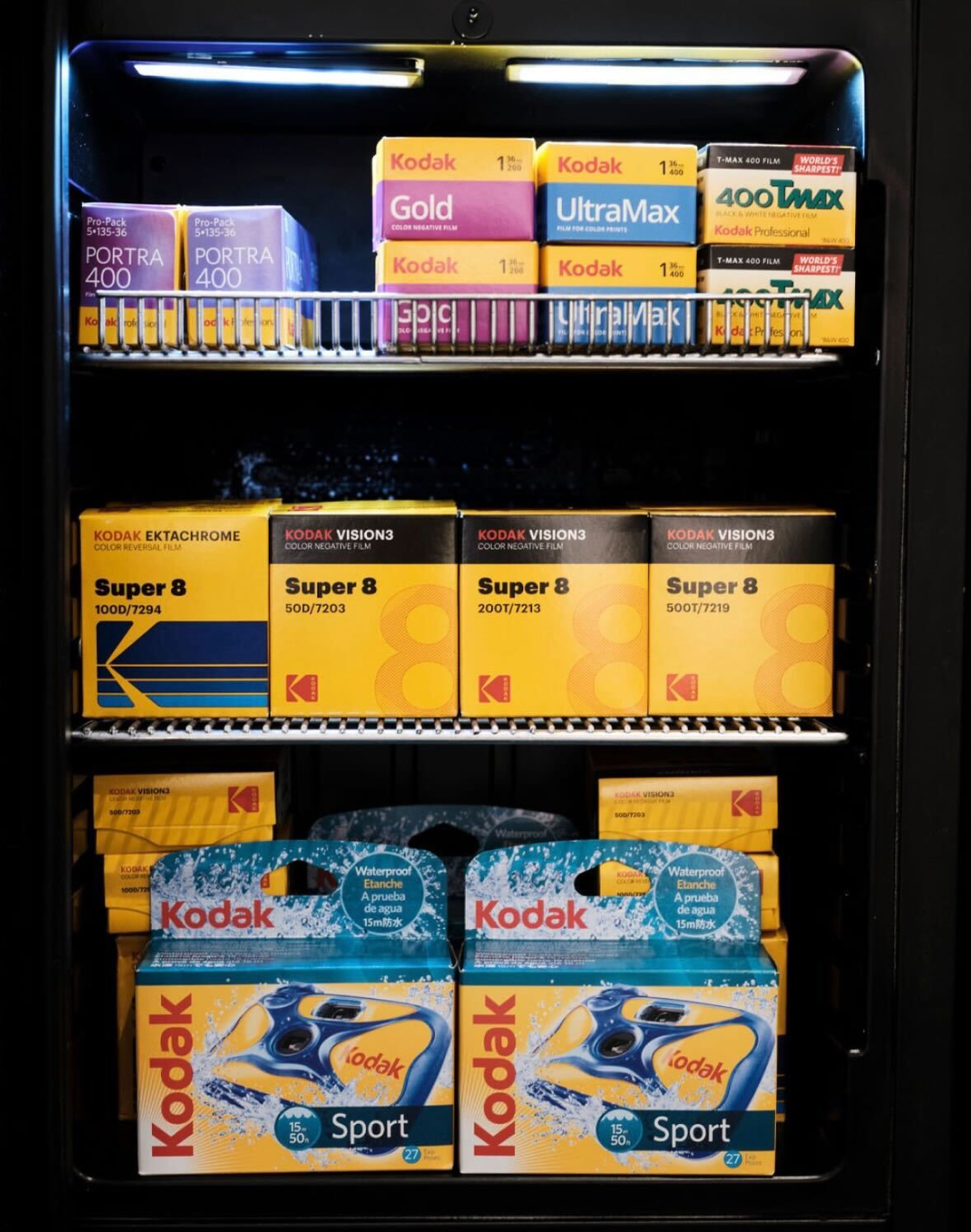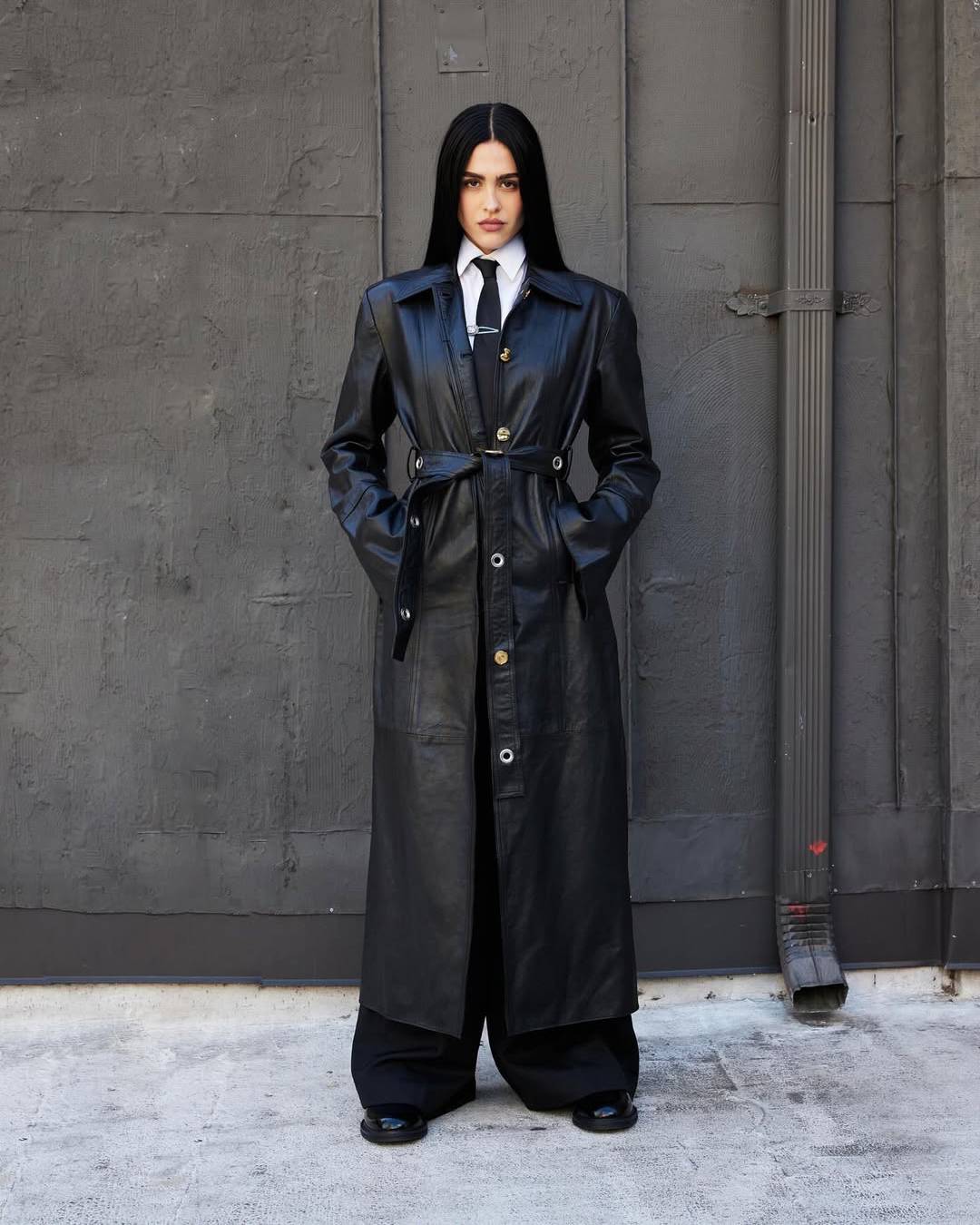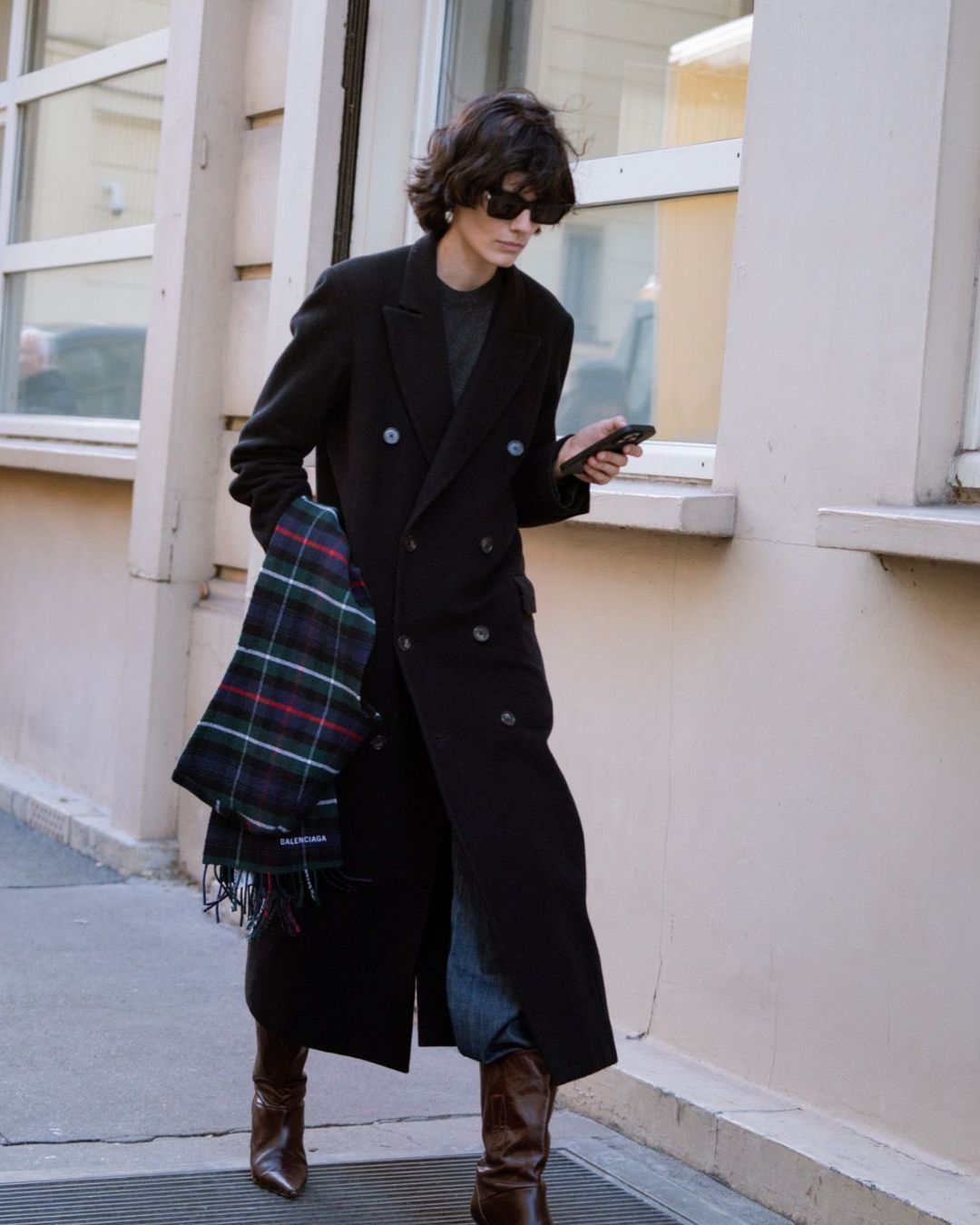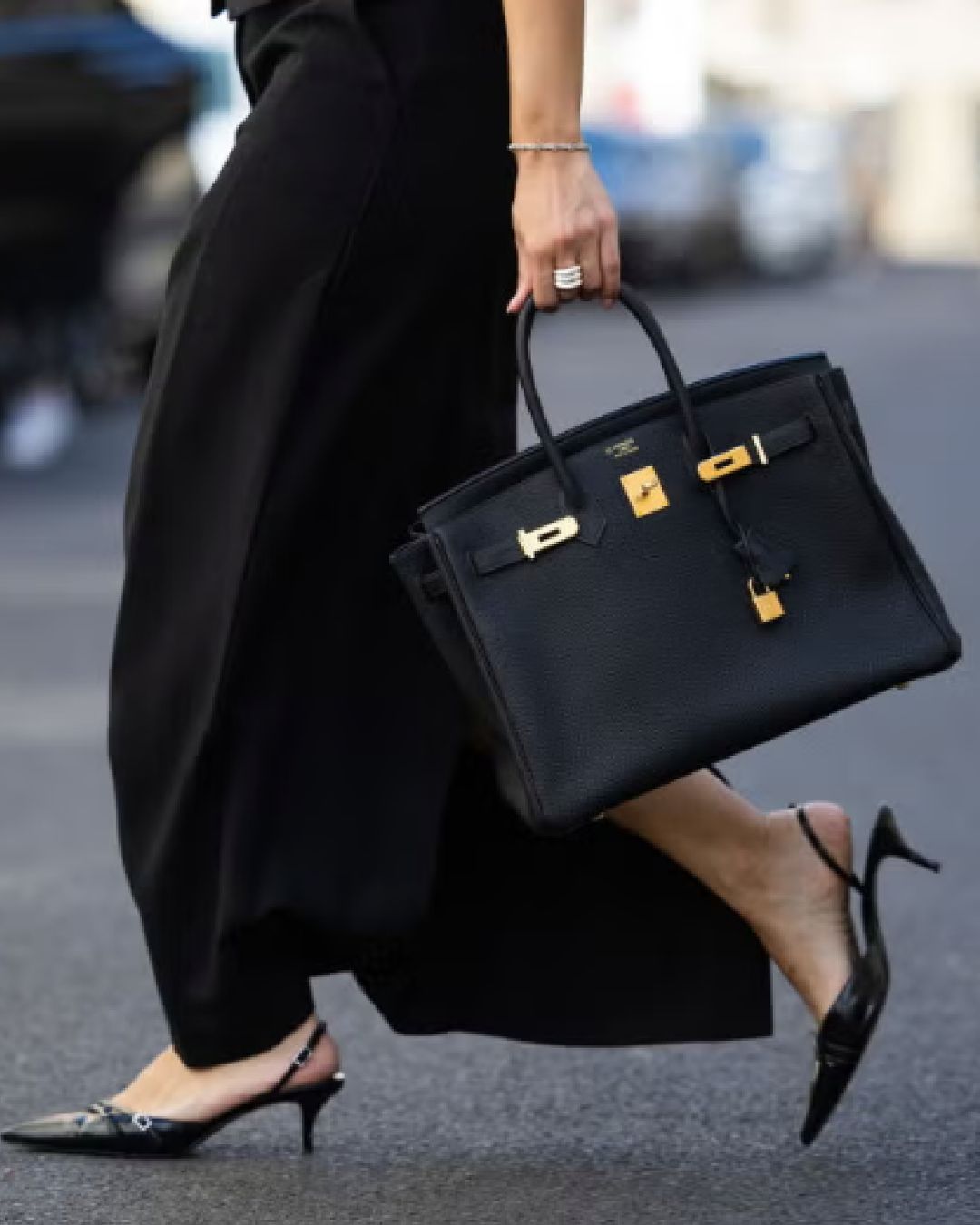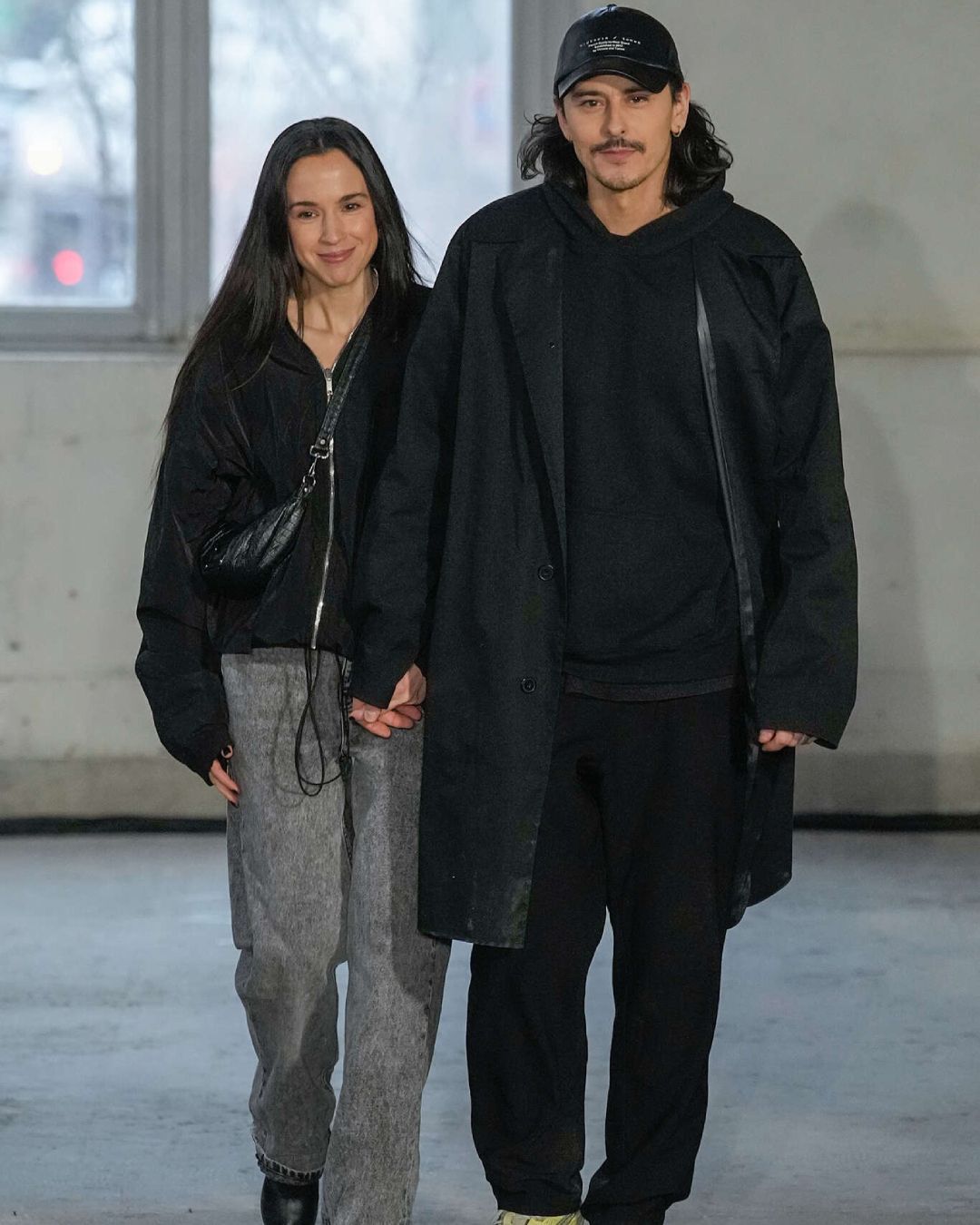
How fashion wants to make money from online returns Unsellable items or must-have deals?
The fashion industry has long struggled with the challenge of online returns: items returned by customers that increase retailers' operating costs, defective goods that can no longer be sold once returned, accessories bought and sent back within a few days. This category represents a real money drain for brands and retailers. But now, there might be a profitable way to capitalize on returns. As reported by BoF, a new wave of start-ups and marketplaces is helping brands resell slightly damaged or returned items at discounted prices to reduce excess inventory and prevent waste. The problem of returns is one of many plaguing the fashion industry. According to Loop Returns, the return rate for clothing, footwear, and accessories is 26% — the highest among consumer categories. In 2023, 18% of all online orders in the United States were returned, up from 17% in 2022, according to data from the National Retail Federation (NRF). To mitigate the financial impact, local marketplaces like Bazar have emerged, reselling returned items at discounted prices, or return management platforms like Revive or Archive, which help brands decide whether to recycle, donate, or resell products and already collaborate with New Balance, The North Face, and Sandro. But now there are new platforms that treat returns as a category of their own. For example, Bazar is a marketplace generating one million dollars in annual revenue, allowing brands to list items that cannot be resold at full price. Meanwhile, Revive, which made three million dollars in revenue this year and aims to reach one hundred million annually within five years, offers brands the opportunity to refurbish returns for resale through their channels.
@shopbazar_wholesale People keep telling us our prices are “too good to be true” — like that’s a bad thing! We’re here to prove that overstock products aren’t just cute and good quality, but that shifting your mindset on where to source can have a positive impact on the sustainable practices of your business! #wholesaleprices #overstock #overstockdeals Storytelling - Adriel
Beyond the waste, the issue with returns for brands is that they represent sales that never materialized. While some retailers have tried to impose fees on returns to alleviate financial pressure, platforms like Bazar and Revive have been created to convert these null sales into new profits. And judging by these platforms' business, there is strong demand from brands seeking to derive more value from returns. An approach that, beyond the financial aspect, also offers the opportunity to expand the customer base, attract mid-range customers, and enhance brand sustainability. But despite the potential, the market for reselling returns is still developing as defective items often require at least some repair (a service offered by marketplaces like Trove and Archive), and large commercial brands, which generate high margins and attract clientele, are far less accessible than those in the mid-market, where brand equity management is less risky. While Bazar focuses on assessing the condition of goods and takes a percentage of sales from mid- to lower-range brands, Revive, for example, works across a wider price range to repair returned items and restore them to near-new condition, enabling brands to resell them at full price. According to some brands, the return on investment can increase tenfold compared to the cost of the service. Revive's CEO, Allison Lee, spoke to BoF about the profitability of the model, noting that many brands find it more convenient to resell through Revive than to accumulate excess inventory.
Did you know that the global fashion industry produces over 100 billion apparel items annually? This equates to roughly 14 pieces of clothing for each person on Earth. Unfortunately, a significant portion of these garments are discarded every day to make room for new ones.
— Archive (@archiveresale) July 25, 2023
As mentioned, beyond revenue, reselling returns offers an opportunity to reach new customer segments. According to BoF, the online resale market is expected to grow by 21% annually over the next five years, providing brands with a valuable opportunity to engage this audience. Nevertheless, it is important to remember that this business's nature concerns inventory optimization at its core (Revive is specifically presented as a “Data-powered Inventory Optimization Tool”), and thus its strength lies in developing increasingly fast and efficient models: for example, Revive plans to introduce a drop-shipping model in 2025, which will allow brands to send individual returns directly to warehouses for faster refurbishment. However, it is clear that things are still in the early stages: both Revive and Bazar are currently only available in the US, and they will have to contend with the large volumes and luxury goods produced in Europe, and especially with European brands, which are notoriously cautious. For example, Revive returns goods to brands that can “launch a sustainable collection, restock sold-out bestsellers, or use our influencer network” to sell these returns under a new guise. While the project's scalability has already been demonstrated, the question remains whether it will be enough to manage the €3.2 billion in unsold inventory weighing down LVMH or the €1.5 billion in stock that Kering needs to clear out this year.










































